Project RACE will officially cease operations on August 1, 2024.
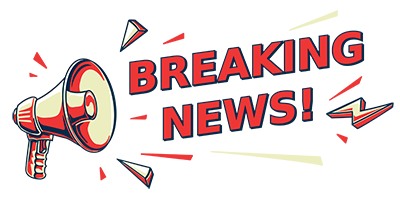
ABOUT US?
After 27 years of study, the United States government decided to update its collection of racial and ethnic data. A “Multiracial” classification was not included. I also believe that the current policy decisions of the US government, the Census Bureau, OMB, The Supreme Court, and other groups are harmful and mean that a true Multiracial classification may never be recognized.
Therefore, Project RACE will officially cease operations on August 1, 2024.
Project RACE has been actively involved in supporting a Multiracial category for 34 years and has made great strides in data reporting for schools, businesses, the medical community, and private sector data collection. We have been responsible for advancing the popular usage of “Multiracial” even though the US government rejects its use currently. Thank you to all of those who have helped in the past and will continue the fight for the Multiracial community.
I have personally been the head of Project RACE for 34 years. It has been my honor to work with people of all races and ethnicities to fight for the rights of the Multiracial community. Thank you for your help throughout the years.
Susan Graham
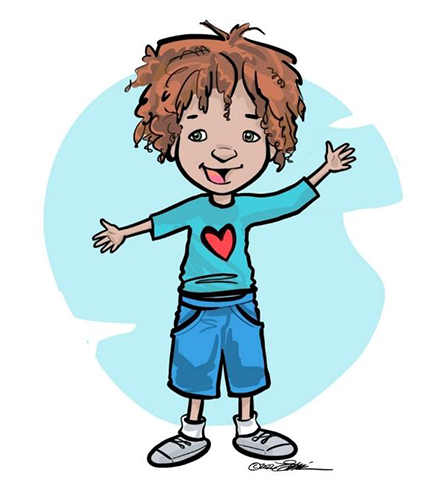
IMPORTANT
All forms should ideally have a “Multiracial” box to check.
As an alternative, you may use the check all that apply format and put this wording in the instructions:
If you are Multiracial, you may select two or more races.
DONATE
Project RACE never requires a membership fee. We are a non-profit, 501(c)(3), all volunteer organization supported by individual donations, contributions and grants. Donations are deductible, as provided by law. If you believe in our cause, please consider making a difference for Multiracial people.
JOIN US
Being a part of an established community conquering racial identity makes Multiracial people a part of a true movement. You can feel accepted and understood. You can pass our work on to your family and educate friends and the establishment. You can join us and do as much or as little as you please. Won’t you join us?
MEET SOME OF OUR FAMILIES
OUR BLOG
WHAT ABOUT US? After 27 years of study, the United States government decided to update its collection of racial and ethnic data. A “Multiracial” classification was not included. I also believe that the current policy decisions of the US government, the Census Bureau, OMB, The Supreme Court, and other groups are harmful and mean that a true Multiracial classification may never be recognized. Therefore, Project RACE will officially cease operations on August 1, 2024. Project RACE has been actively involved in supporting a Multiracial category for 34 years and has [...]
U.S. Census Bureau Seeking Public Comment on Implementing SPD 15 Updates in the ACS From MBX OMB Statistical_Directives on 2024-07-12 17:08 Details Headers Plain text Earlier today the U.S. Census Bureau published a Federal Register Notice (FRN) seeking feedback from the public on the timeline to implement the Office of Management and Budget's updated Statistical Policy Directive No. 15 for Federal race and ethnicity data on the American Community Survey (ACS). The information gathered through this FRN will be taken into consideration as the U.S. Census Bureau continues to evaluate the practicability of implementing the updated race and ethnicity data [...]



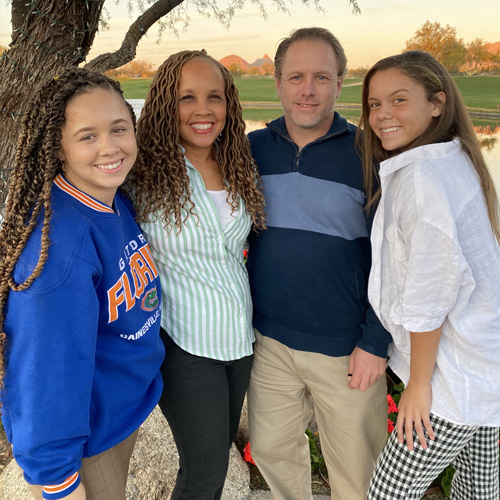
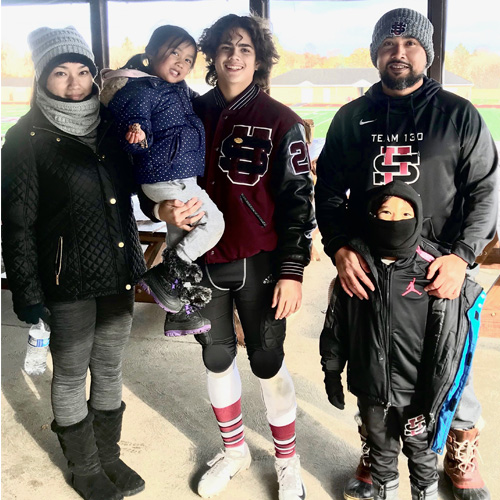
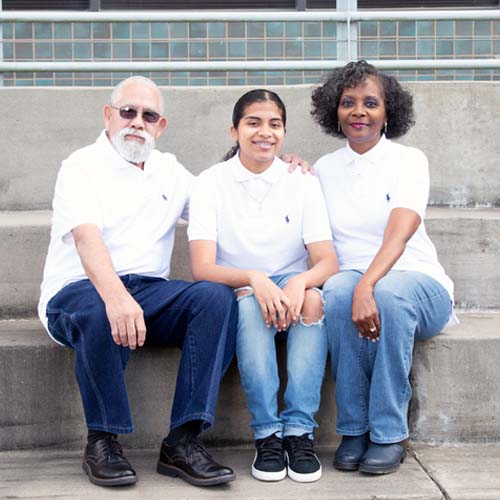
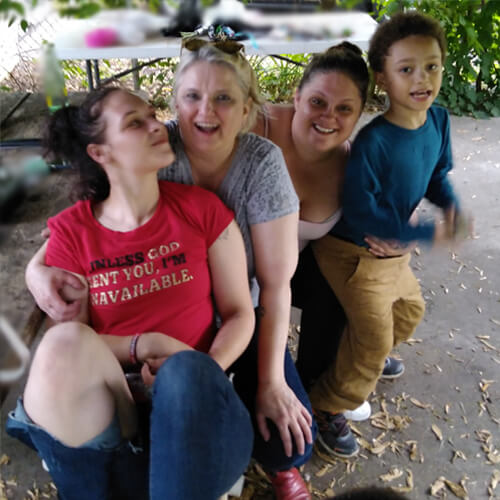
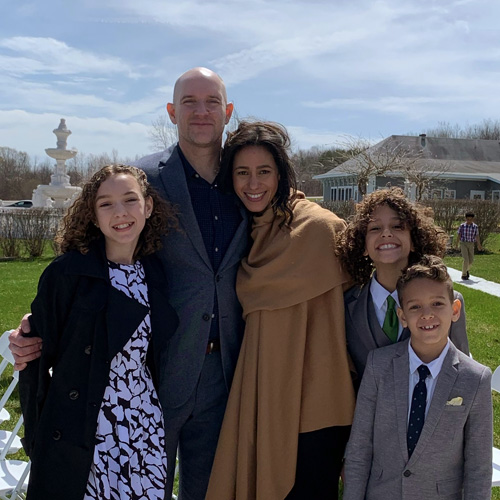
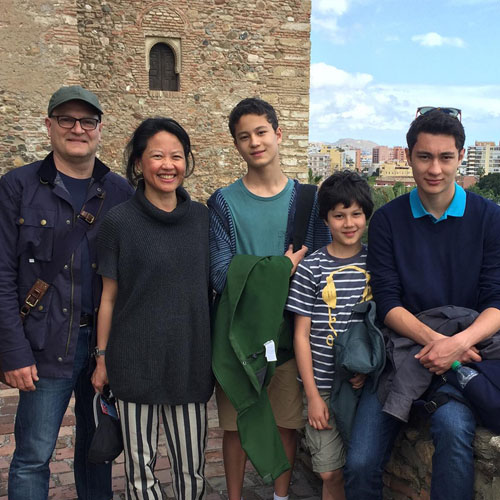
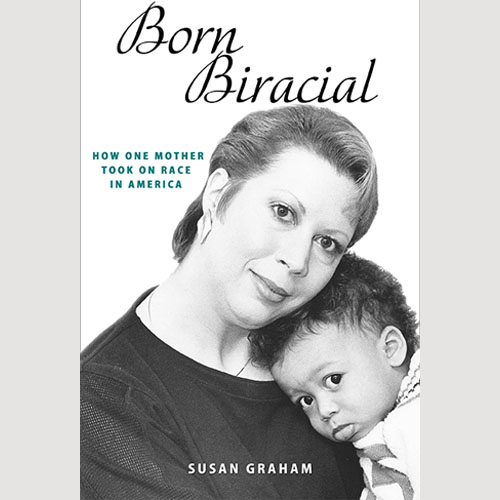
 I was born in Detroit and went through all my schooling in Michigan. I pursued careers in public relations, writing, industrial real estate, telecommunications, and finance. I married a black husband in 1981 and we had two Multiracial children. I now have two grandchildren whom I spoil and adore. I divorced and re-married in 2005 to my husband of 15 years, a poet and retired educator. We live in California’s Central Valley.
I was born in Detroit and went through all my schooling in Michigan. I pursued careers in public relations, writing, industrial real estate, telecommunications, and finance. I married a black husband in 1981 and we had two Multiracial children. I now have two grandchildren whom I spoil and adore. I divorced and re-married in 2005 to my husband of 15 years, a poet and retired educator. We live in California’s Central Valley.